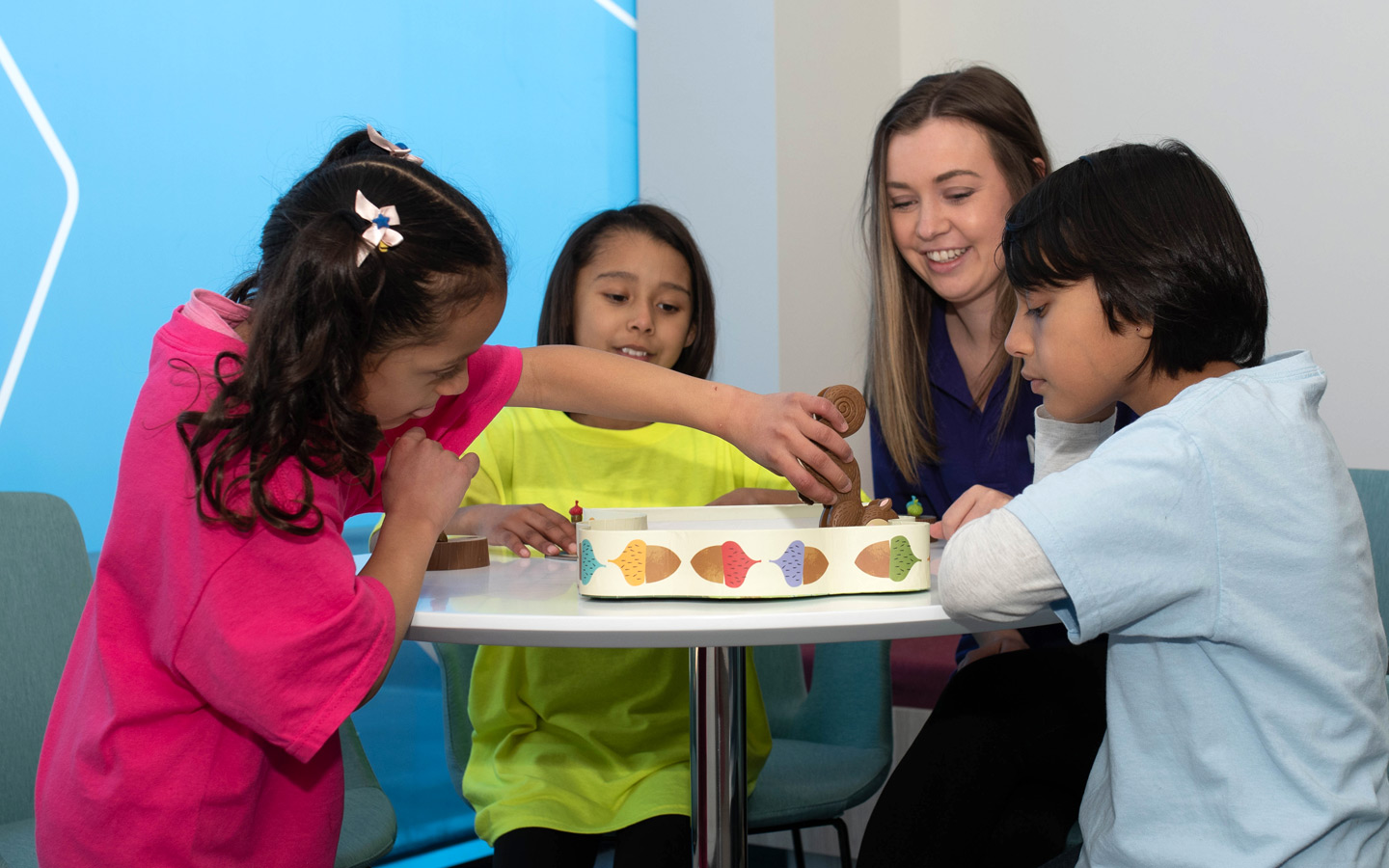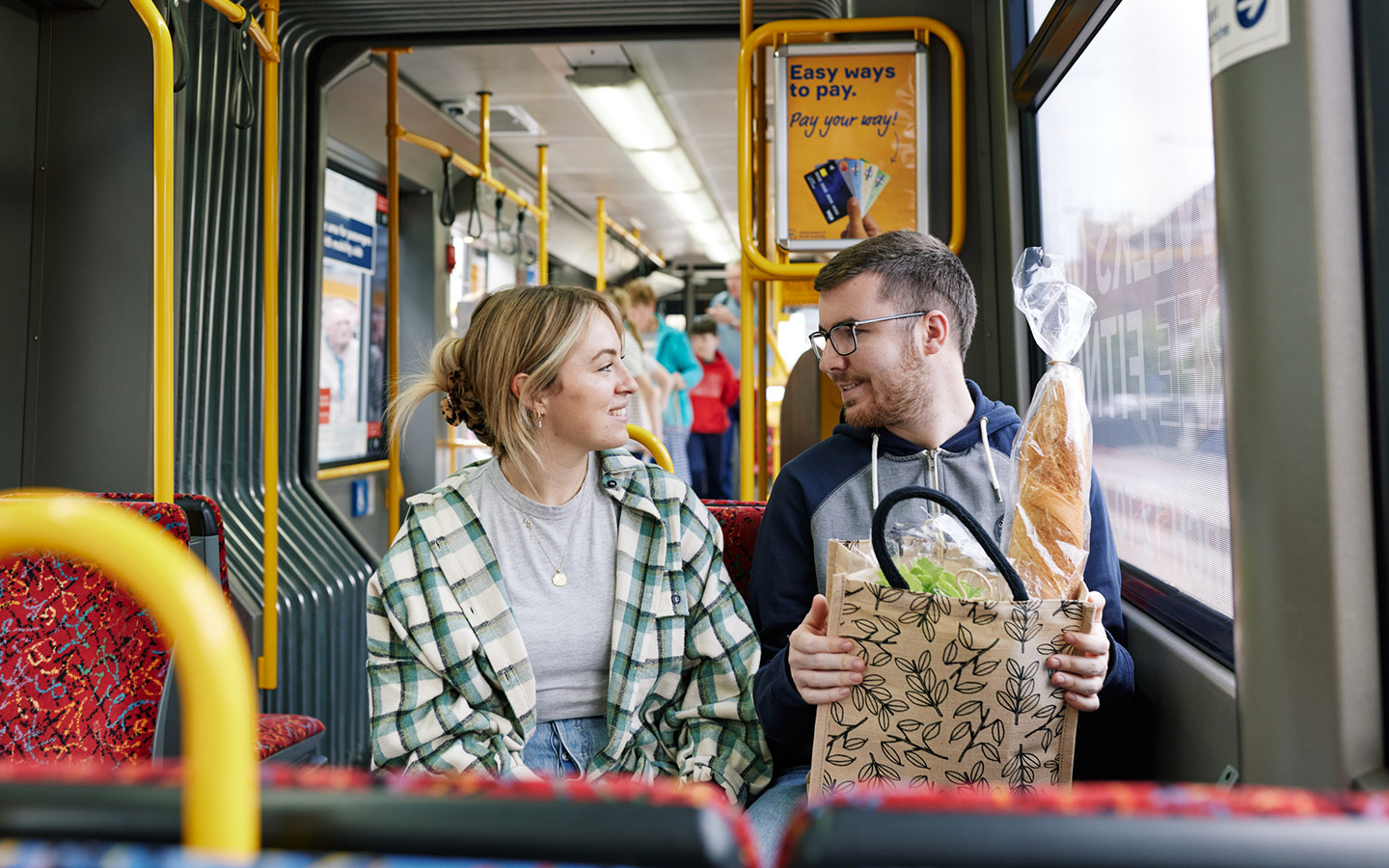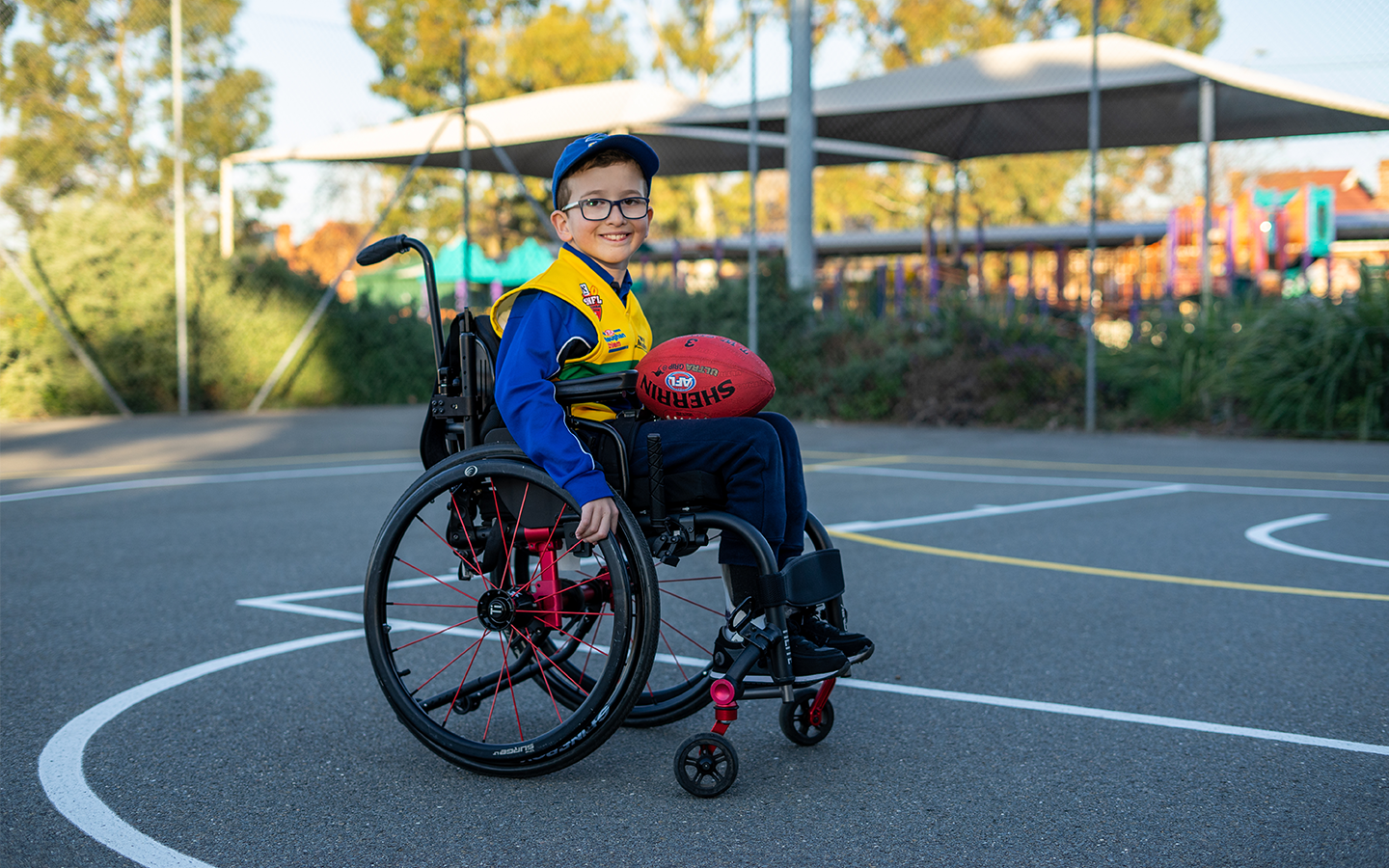Helpful Information
5 NEW Games and Activities to Play at Home to Develop Great Communication Skills
access_time5min read

Great communication skills don’t come naturally to everyone, and that’s okay. Books and classes are a great place to learn how to communicate and engage with others, but like most learned skills – practise makes perfect.
Games and activities are a fun, interactive way to hone important skills for effective communication. Not only do they improve your child’s ability to express themselves clearly and actively listen, but they also boost morale and equip them with valuable tools to engage with the world around them.
Here are 5 NEW games you and your child can play at home to improve their communication skills. Not only are they fun, but they’re also specially designed to reinforce the fundamentals of communication including – empathy, listening and speaking processes, respectful wording, when to pause, thinking before speaking, and turn-taking.
1. Misunderstanding
The game Misunderstanding supports creative communication.
What you’ll need:
- Two or more people
- Chairs
- Pen or pencil
- Paper
- Various household objects (book, phone, coffee mug, pen, etc.)
How to play:
Have two people sit back-to-back. Person 1 has an object and must describe it (without explicitly saying what the object is) to person 2. Person 2 must then draw that object based on person 1’s description. Players receive a point for every item they are able to identify and draw correctly.
For a greater challenge, make the Misunderstanding game more competitive by allocating bonus points for ‘quickest drawing’ or ‘most accurate drawing’ then see who gets the most points after 10 turns.
This game is effective for finding new ways to communicate around barriers. It also supports problem-solving skills and effective communication strategies. The Misunderstanding game also creates a comfortable space for children to practise important social skills too, like complimenting the other player when they win, being gracious in defeat, and practising politeness too as they take turns in different roles.
2. Guess the Object
The game Guess the Object supports descriptive communication.
What you’ll need:
- Three or more people
- Table
- Large cardboard box
- Scissors
- Various household objects (water bottle, tissue box, glasses case, etc.)
How to play:
Cut a hole in the cardboard box large enough for your child’s hands to fit through. Person 1 places an object inside the box. Person 2 reaches inside the box and describes what the object feels like. Person 3 guesses what it might be.
Take turns hiding an object in the box, describing the object – for example, its shape, size, texture, weight, and guessing what it is.
Guess the Object is all about working as a team and communicating with different people. To make the game more competitive, your child can give players a time limit to guess the object in the box and assign them points each time they guess what the object is correctly. The player with the most points at the end of 10-20 rounds of playing is the winner.
3. Guess the Emotion
The game Guess the Emotion supports the development and understanding of empathy and emotional literacy.
What you’ll need:
- Two or more people
- Table
- Cards/paper with emotions written on them (happy, sad, excited, etc.)
How to play:
Place a pile of cards on a table, each of which will have a particular emotion written on it.
Person 1 takes the top card from the table and acts out that emotion – for example, crossing your child’s arms, frowning, with lips turned upside-down might mean they are acting ‘angry’. Hands in the air with a big smile on their face might mean they are ‘excited.’ Top tip – get your child to think back to a time when they felt a certain way and how this affected their behaviour. This may assist them when the action card says to act ‘happy’ or ‘scared.’ We recommend making a time limit such as one minute to keep the game flowing.
If the emotion is guessed correctly by person 2, they receive ten points. Person 2 then picks up the next card and acts out that emotion.
Take turns acting and guessing for up to 20 minutes. At the end of this time, the person with the most points wins!
The game Guess the Emotion is great for developing an understanding of different emotions and how to identify them in your child as well as those around you.
4. Point and Tell
The game Point and Tell supports a growing vocabulary.
What you’ll need:
- One or more persons
- Mum, dad or a carer to oversee the game
- Various household objects (jar, head-band, shoe-lace, etc.)
How to play:
In Point and Tell, person 1 is given a random object which they have to speak five to six sentences about. The object can be anything in your home – a t-shirt, a lunchbox, or a Nintendo Switch, for example.
While speaking on the topic, you as parents or a carer encourages person 1 to express feelings/thoughts that boost their confidence and enhance their vocabulary. For example, you may introduce a word that person 1 has not used before and ask them to use it in a sentence including the object they’re holding in front of them.
This activity also supports players to practise the correct pronunciation of words.
5. Guess What I’m Thinking
The game Guess What I’m Thinking supports ‘thinking-before-speaking’ skills.
What you’ll need:
- Three or more persons
How to play:
Guess What I’m Thinking begins with three or more players sitting in a circle. At the centre of the circle sits a player who is called ‘The Thinker.’ The Thinker starts the game by saying “I’m thinking of a – thing/someone, – which/who – is an – animal/person/thing/place/plant/food/job/etc.
The players on the outside of the circle then have to try and identify what it is that The Thinker is thinking of by asking questions. The Thinker can respond only with ‘yes’ or ‘no.’ For example, players may ask The Thinker ‘are you a drink?’ to which they will respond with a yes or no answer.
If no one guesses the answer, then The Thinker is declared the winner. Take it in turns until everyone has been The Thinker at least 2 times.
Thinking before speaking is an important part of how we communicate in everyday life. Practising this skill through the Guess What I’m Thinking game can be a fun way to enhance conversations with friends and support an understanding of how to stay on-topic.
No matter how well your child communicates, using games and fun activities to strengthen existing skills can be an enjoyable way of achieving their therapy goals. Great communication skills are especially useful for building new relationships and interacting with those around them – so what are you waiting for? Let’s get communicating!
Learn more about Novita’s range of support services at our website. If you would like to speak to someone directly, call us on 1300 668 482 or email [email protected]


